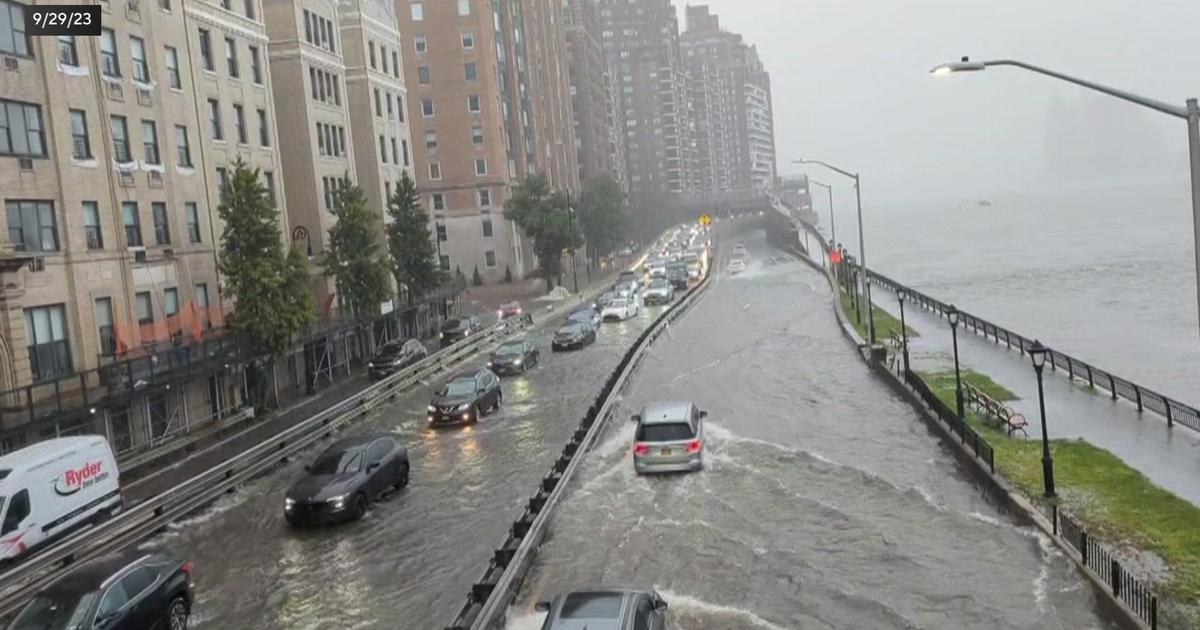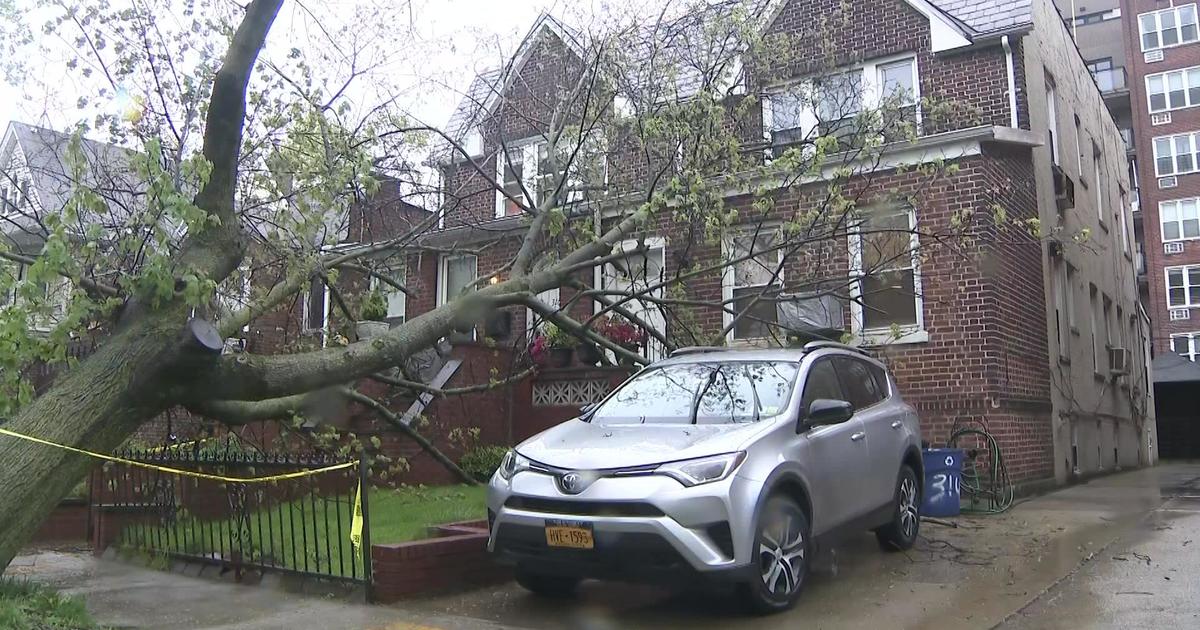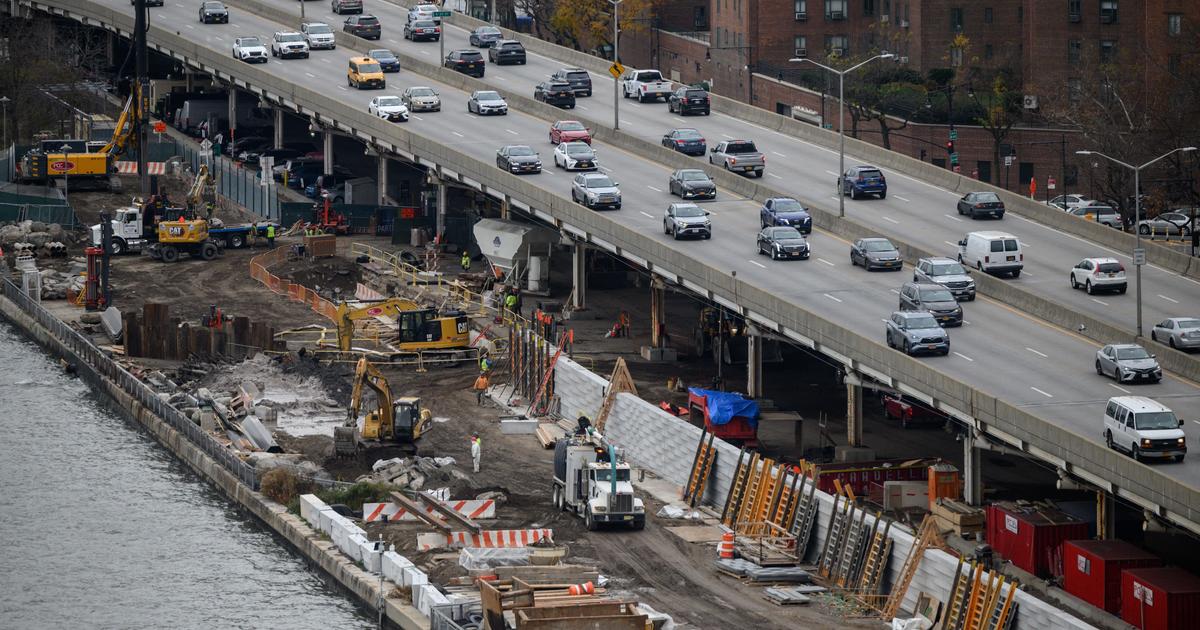Experts, Riders Wonder Why NJ TRANSIT Stored Trains In Flood-Prone Areas
KEARNY, N.J. (CBSNewYork) -- Logic seems to suggest moving belongings to higher ground if the water is rising, but as Superstorm Sandy approached, NJ TRANSIT stored hundreds of train cards in rail yards near sea level.
And as CBS 2's Steve Langford reported, those trains were flooded and could be ruined.
The trains that flooded were being stored at the NJ TRANSIT Meadows maintenance complex in Kearny – a vast rail yard located where the Passaic and Hackensack rivers feed into Newark Bay. The site at is peak is not even 20 feet above sea level.
And just as some forecasters had predicted, the area was one of many that ended up being swamped by Superstorm Sandy.
Nearly a third of NJ TRANSIT's locomotives and a quarter of its rail passenger cars suffered storm damage.
In total, 62 locomotives, and 261 rail cars, stored in the Meadows complex and in Hoboken during Sandy were water-damaged and out of commission, according to NJ TRANSIT, which said rail service systemwide was running at just over 90 percent capacity as of Monday.
"They should have had some contingency -- 'If it were flooded, where we would get other rail cars?'" said Robert "Buzz" Paaswell, director of the City College of New York-based University Transportation Research Center and a former executive director of the Chicago Transit Authority.
Paaswell, who called NJ TRANSIT a very well-run system, said the impact of the damage to the agency's rolling stock and the operations of the railroad may be serious.
"There isn't a rail car store that you go to," he said. "They're all specified for the system, so to replace them would take a certain amount of time."
The cost may be in the tens of millions of dollars to replace the NJ TRANSIT trains knocked out of service by the storm. By contrast, the Metropolitan Transportation Authority – including the New York City subway, the Metro-North commuter line and the Long Island Rail Road – reported just two locomotives and 11 rail passenger cars damaged by the storm because the agency took precautions to keep its trains high and dry.
Some New Jersey commuters were running out of patience three weeks after Sandy.
"It is standing room only to the point where it really has to obviously be a dangerous situation in terms of safety," said NJ TRANSIT rider Bruce Mustacchi.
Mustacchi's commute from Berkeley Heights on the Gladstone Branch was still as mess as of Monday, he said, even with scheduled bus service to the Summit station.
"The bus was supposed to come every 15 minutes," he said. "They no-showed. I waited for a bus for 45 minutes."
NJ TRANSIT declined several opportunities for an on-camera interview, while denying reports that an investigation has been launched into why hundreds of its train cars were not moved to higher ground before the storm struck.
Do you think an investigation should be launched into NJ TRANSIT's storm preparations? Leave your comments below...



